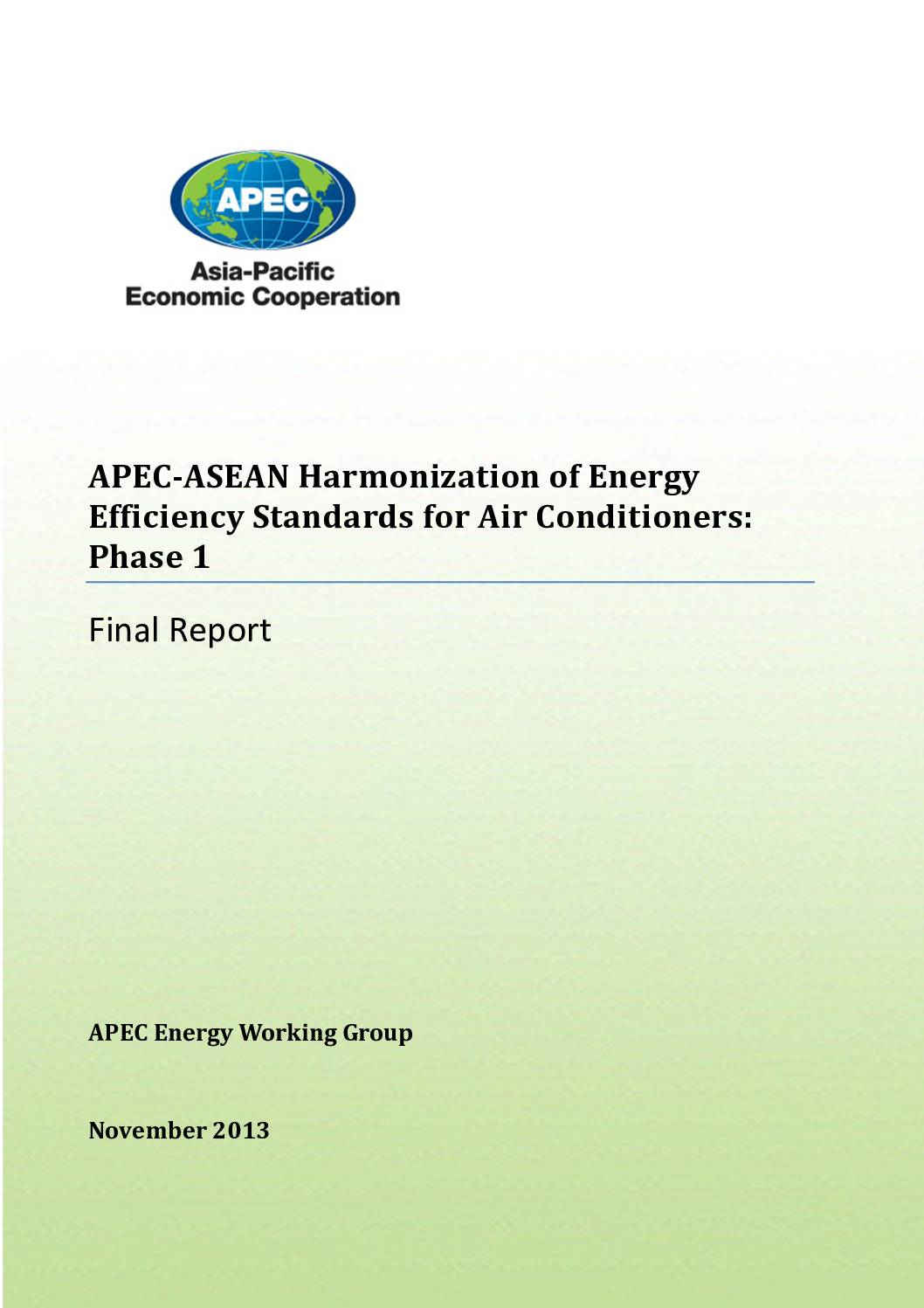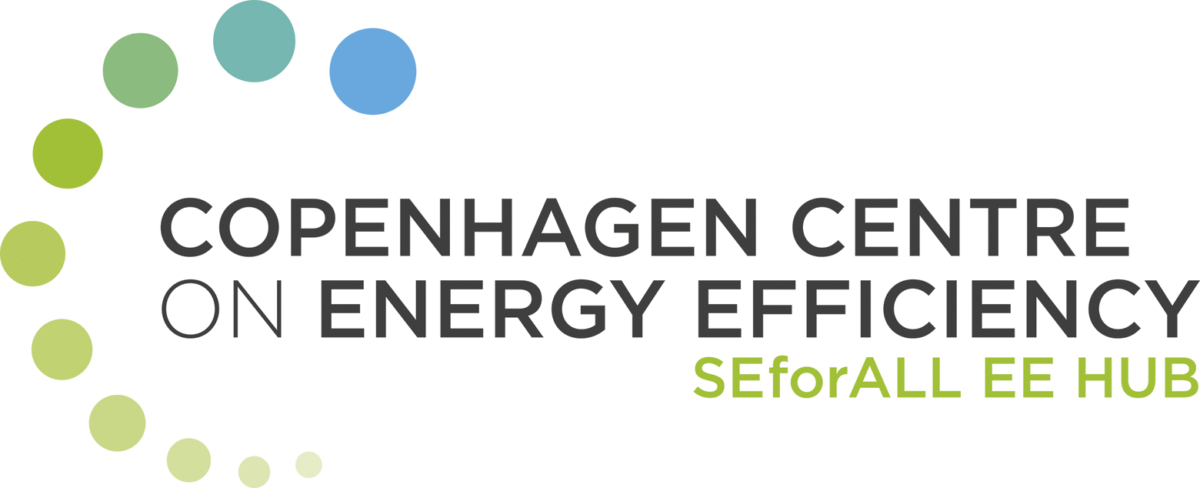Room air-conditioners (RACs) consume a significant share of the electricity in the residential and commercial sectors. In the study conducted by International Copper Association (ICA) [1], approximately 50% or more of the total household electricity consumption in several ASEAN members, i.e. Brunei, Philippines and Thailand, is due to air-conditioning equipment. In Thailand, this represents approximately 5% of the economy’s total electricity. It is obvious that improvement in energy efficiency of room air-conditioners in these South-east Asia economies can lead to great energy savings. In the same study [1], it has been estimated that 5,374 GWh of electricity energy savings can be realized by implementing a Minimum Energy Performance Standard (MEPS) cut-off of 3.2 W/W for these RACs.
By extension, a similar scenario would be expected for APEC economies. However, the diffusion of energy efficient air-conditioners is highly dependent on the existence of national energy efficiency standards and labeling (EES&L) programs. In the economies where such programs exist, the market share of higher efficient RACs increases regularly, Thailand being a very successful example. In another study conducted by SPIRE [2], the impact on the ASEAN regional growth of air-conditioner market is estimated at 4.55% if regional MEPS of 3.2 W/W were to be implemented, while the growth in Indonesia and Viet Nam is at 8.5% and 9.2% respectively. This proves that there is indeed a real potential to increase the energy efficiency of RACs, and that there is a need for experience sharing across economies.
It is in recognition of this potential that the “APEC-ASEAN Harmonization of Energy Efficiency Standards for Air Conditioners: Part 1” project is initiated with the funding from APEC. This project aims to develop the basis for harmonizing the testing method for room air-conditioners, starting from ASEAN members, which is then followed by the development of a roadmap for harmonizing the testing method for room air conditioners in APEC. With the coordination by METI, Japan and ICA, it forms the first of a projected three possible phases of a long-term step-by-step approach to achieve energy efficiency improvement in ASEAN for the purpose of energy security enhancement, job creation, and sustainable development. Part 2 of this work deals with the development of a roadmap for harmonized EE standards while Part 3 looks into capacity building of testing laboratories and consumer awareness. The report presented in this document deals with the work done in Part 1.
Share this

Sector: Equipment and appliances
Country / Region: Asia, Brunei Darussalam, Indonesia, Japan, Philippines, Thailand
Tags: efficiency standards, electricity generation, energy, energy efficiency, energy savings, minimum energy performance standards, performance standardsKnowledge Object: Publication / Report
Published by: APEC
Publishing year: 2013
Author: Chin Wai Meng
